Long-term Reliable Protection for Waste Containment Ponds
One Neoloy® Tough-Cells solution protects geomembrane liners, reinforces pond foundations and stabilizes slopes for leak detection systems
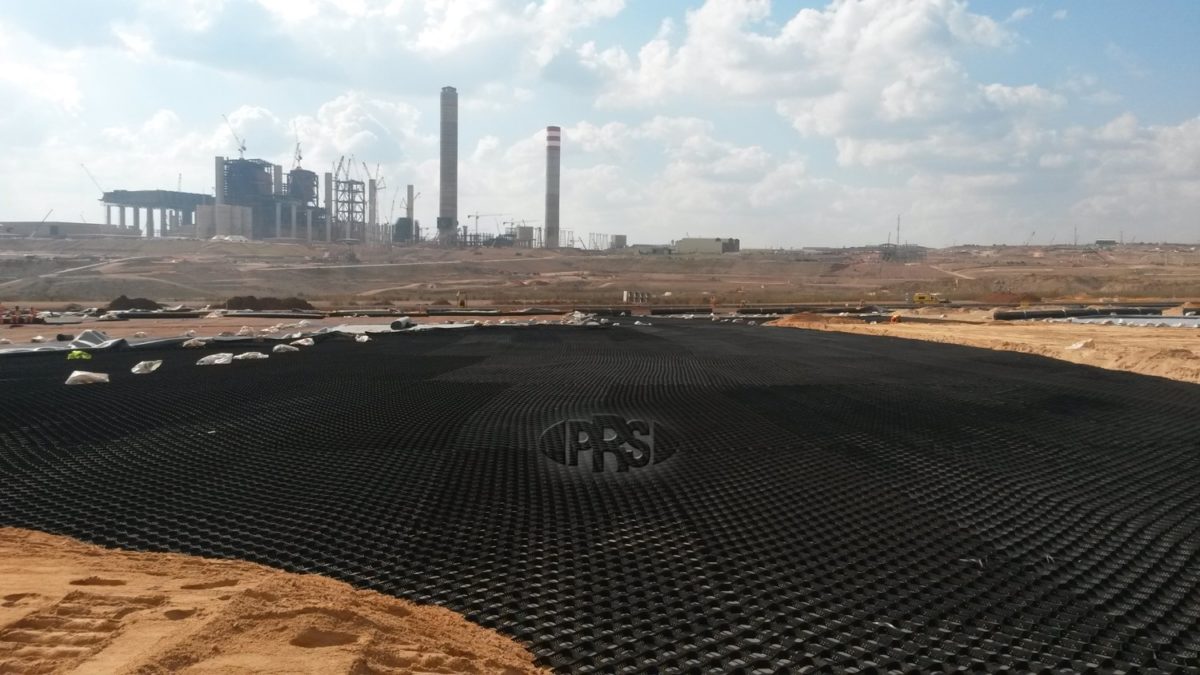
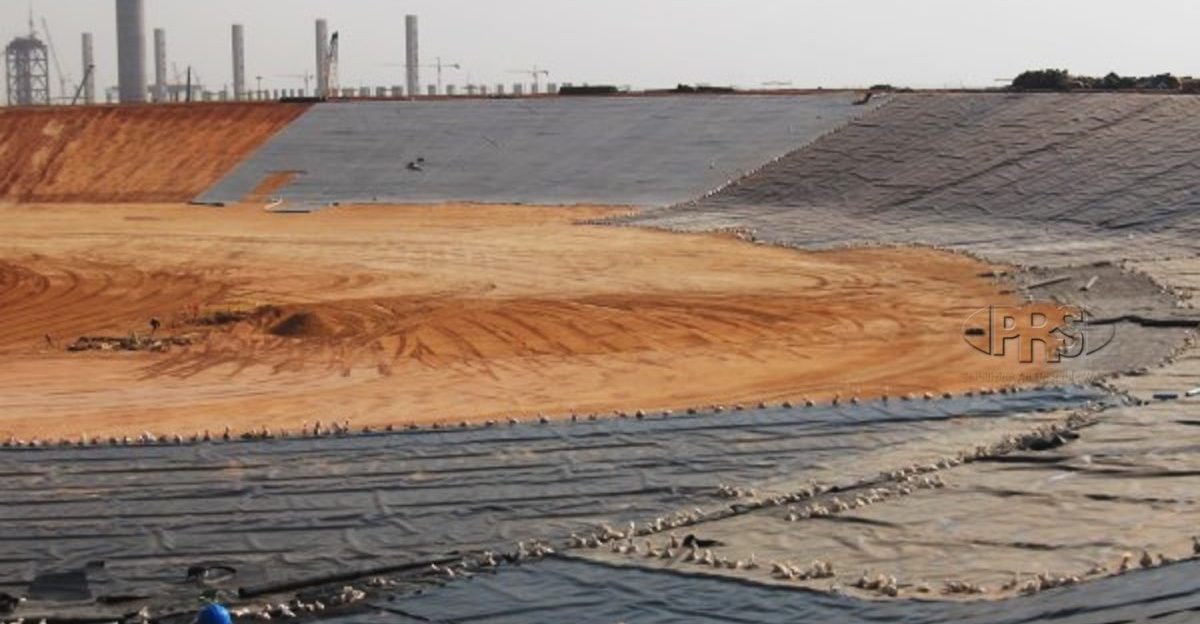
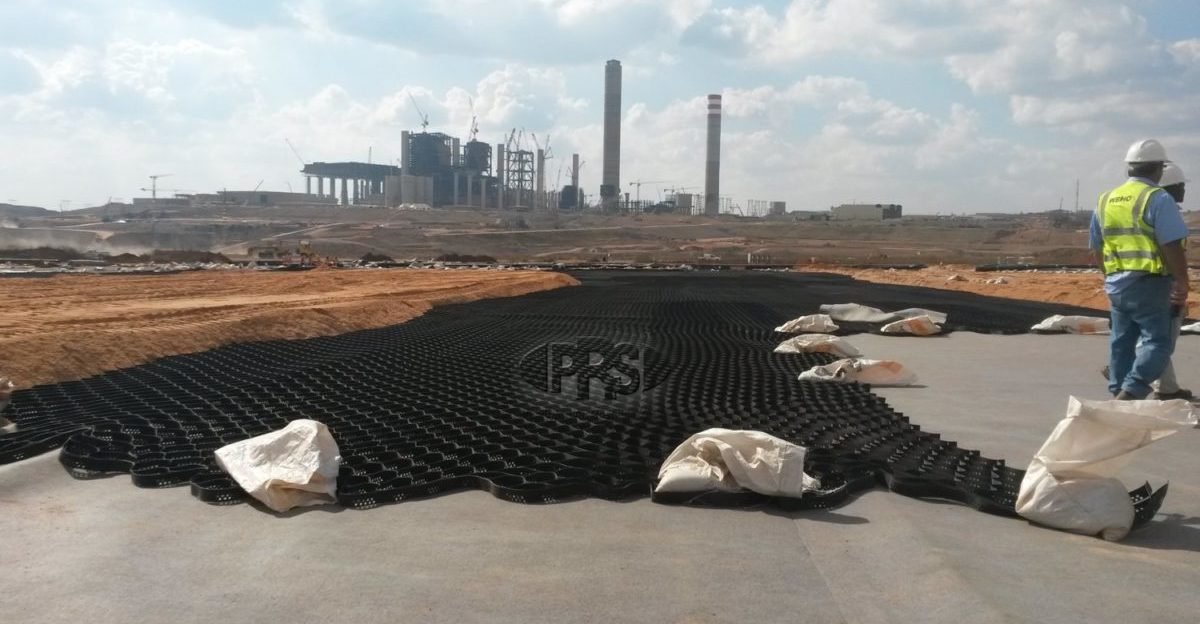
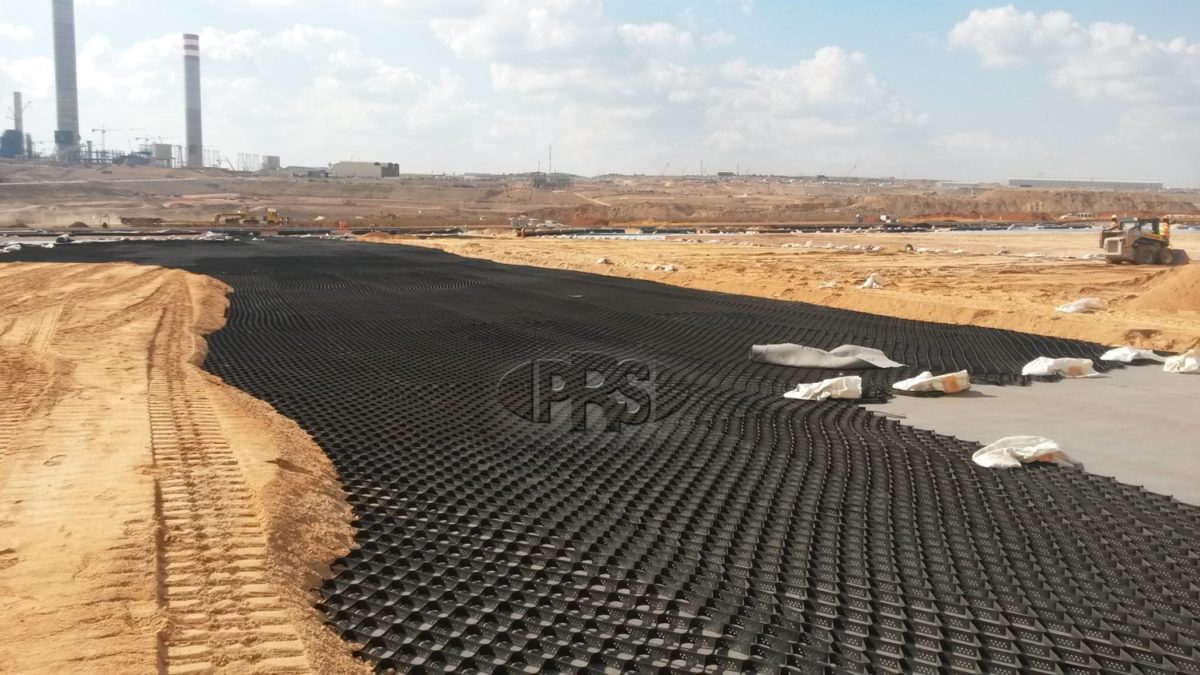
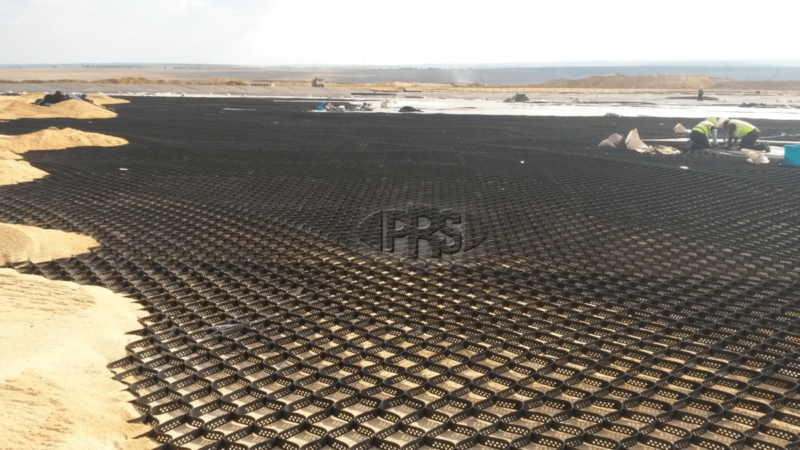





The Challenge
Coal-fired power stations produce enormous amounts of fly ash (also known as coal waste) as a by-product. As a potential pollutant, fly ash must be disposed of and stored safely in protected landfill dumps or lagoons. The bottom foundation and the slopes of these ponds should be reinforced to protect the geomembrane/liners. Stabilization is also required to confine the sand in an optional leak detection system.
Conventional concrete solutions are expensive to build, do not tolerate earth movements and a 40+ year lifespan is not always guaranteed.
The Neoloy Solution
Innovative Neoloy Tough-Cells are the ideal solution for safely and efficiently managing fly ash waste in a cost-effective manner. They provide proven protection that is both sustainable and durable for the design life of the project. This unique geosynthetic stabilizes slopes and foundations, ensuring their reliability and preventing runoff and leakage into the environment.
Why Neoloy
The strength, stiffness and durability of Tough-Cells made from Neoloy® – a novel polymeric alloy (NPA) – are its key advantage. Neoloy Tough-Cells can be guaranteed for up to 75 years, aligning them with the decades-long design life of waste containment facilities for long-term, fail-safe protection.
The unique performance parameters of Neoloy Tough-Cells, coupled with PRS smart engineering methods, enable energy producers to reliably and cost-effectively manage to fly ash waste.
Click here to read case study
Click here to read more about geomembrane protection
Benefits
- Strong soil reinforcement for foundations or slopes
- Straightforward and quick installation process
- Unique Neoloy material guarantees protection for geo-liners
- Reduced construction costs, due to swift installation
- Reduced infill costs due to ability to use locally available marginal soils
- Reduced construction, transportation costs
- Reduced carbon footprint, due to utilization of local infill
- Reliable protection against fly-ash pollution
- Extended life-cycle, reduces needed to replace materails